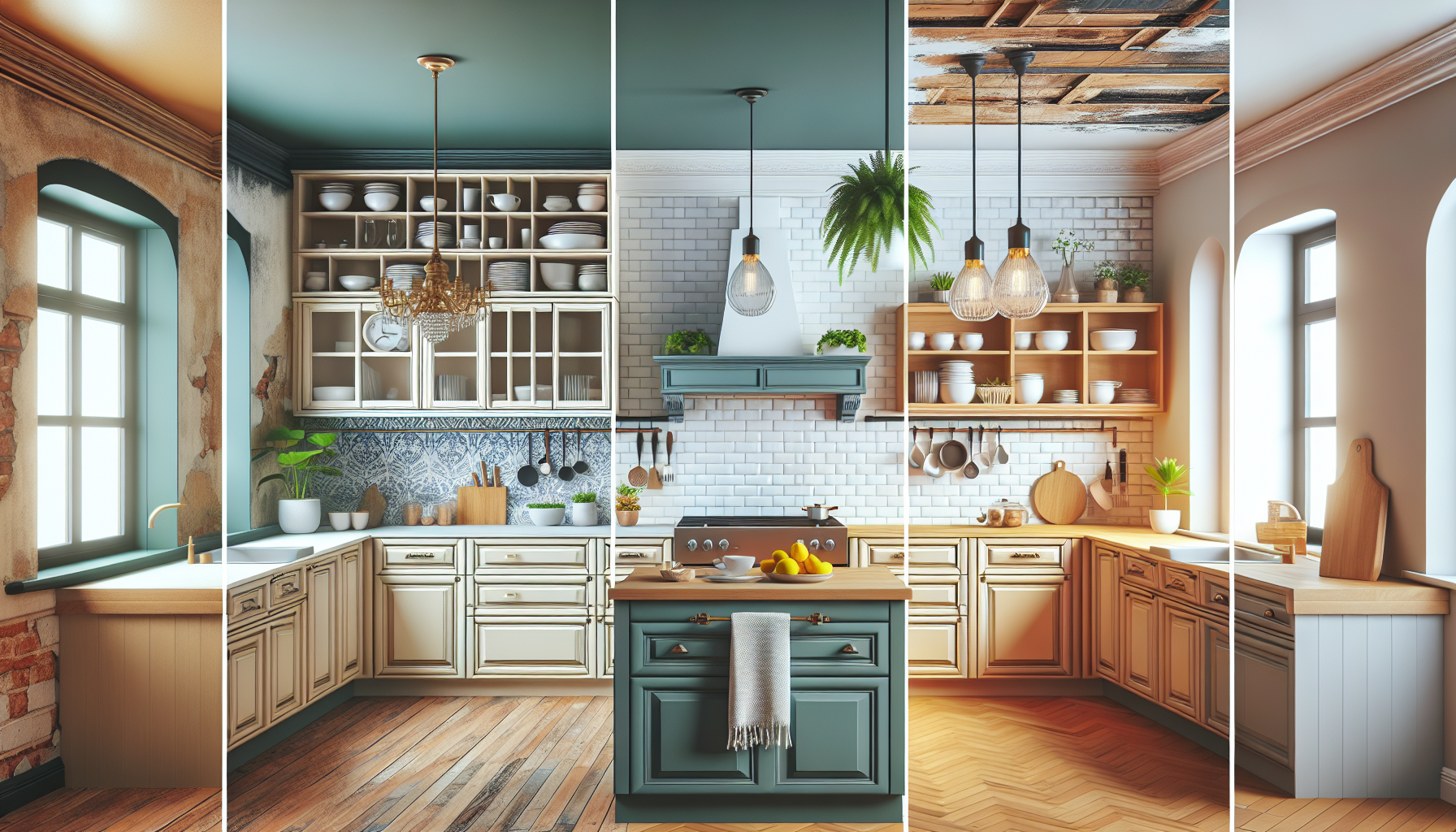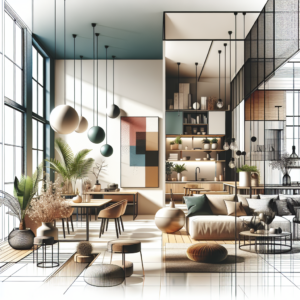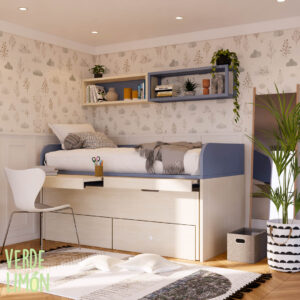In a surprising twist of design and functionality, a home located in the heart of the city has transitioned from having an outdated and dark kitchen to featuring a modern, open, and minimalist space. This change has not only transformed the aesthetic of the home, but has also significantly improved the quality of life for its inhabitants.
The previous kitchen, characterized by dark wood cabinets and a closed layout, limited natural light and hindered interaction among family members during meal preparation. “It was a place where we spent little time, as it was neither welcoming nor practical,” says Ana, the homeowner.
The remodeling project began with an evaluation of the space by a team of architects and interior designers. The initial proposal focused on expanding the kitchen into the living room, unifying both spaces. “We wanted to create a brighter and more functional space, where the family could gather and share moments,” explains Javier, the architect in charge of the transformation.
Throughout the process, walls were torn down and large windows were installed to allow natural light to flood the kitchen. The choice of a neutral color palette and materials such as stainless steel and light wood has helped create a cozy and modern atmosphere. In addition, minimalist furniture was chosen to enhance the feeling of spaciousness and visual cleanliness.
One of the standout features of the new kitchen is a central island that not only serves as a food preparation area, but also functions as a socializing area. “Now, when I cook, my kids can sit around the island, do their homework, or simply chat with me,” adds Ana with a smile.
The transformation has had a positive impact on the family’s daily life. Family dinners have become more common, and the kitchen has become the heart of the home. “It’s a place where we all feel comfortable and where creativity can flow,” concludes Ana.
This project not only highlights the importance of functional design, but also how a simple change in the environment can influence family dynamics and quality of life. The kitchen, once considered a secondary space, has taken center stage, reminding everyone of the importance of home as a place of gathering and well-being.
Source: MiMub in Spanish











